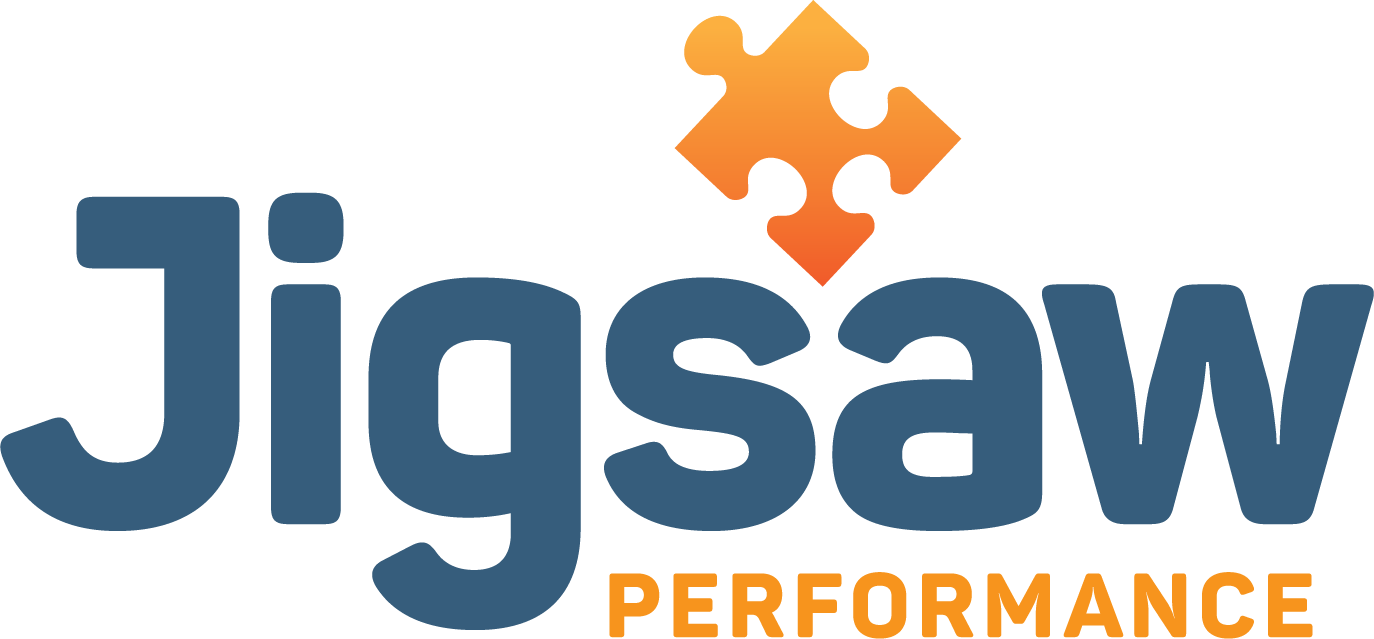You’ve done a SWOT Analysis. Now what?
Transforming the SWOT into a Strategic Planning Tool
SWOT (strengths, weaknesses, opportunities, threats) is a simple, powerful and effective tool. It encourages managers and leaders to focus on the broader context of their business – elevating the perspective of department heads beyond their individual functions. So then what? How can you squeeze value from your analysis and transform your regular SWOT into a true strategic planning tool.
Suggested reading: Don't SWOT Alone & Other Pitfalls to Avoid
Be sure to follow our SWOT Guidelines
First, make sure your SWOT analysis is comprehensive and meets the following guidelines:
Strength and weakness factors consider human, physical and financial resources, as well as processes, and are identified relative to the competition. Location, web presence, company image, quality, service and pricing should be evaluated as part of this internal review.
Opportunity and threat factors include trends, the economy, funding sources, demographics, legislation and technology advances. How could your business disrupt or be disrupted?
Factors are prioritized to between 3 – 5 items for each category. Without prioritization, some factors might be given too much or too little emphasis and the most relevant factors might simply be overlooked.
Avoid defining factors too broadly. Items must be clearly defined and as specific as possible.
Factors are based on facts not opinions. Find some external information or involve someone who could provide an unbiased opinion.
Pro Tip: Running a business can be isolating. Having other likeminded business owners who are on the same path as you to help you overcome obstacles and capture opportunities is a key success factor for growth. Check out the Jigsaw Inner Circle, our monthly group coaching program.
Identify strategic choices
Once your SWOT meets the above guidelines, the next step is to rearrange the information to identify possible strategic options to pursue, to make choices and to build them into your strategic plan. Using elements from the TOWS framework developed by Heinz Weihrich, answer the following questions:
How can we use our Strengths to take advantage of our biggest Opportunities?
How can we use our Strengths to overcome our biggest Threats?
What do we need to do in order to overcome our Weaknesses, so that we are better able to take advantage of our Opportunities?
How can we minimize our Weaknesses, so that we are better positioned to overcome our Threats?
By answering these questions, possible strategic options emerge and can be evaluated to determine the course of action to choose. Strategy is about making choices and this analysis is geared at helping you narrow down the choices for further evaluation. To avoid losing momentum, an action plan should be developed and managed to ensure the next steps are taken and a strategic choice is made.
Finally, update your strategic plan, set long and short-term goals, and build an action plan to engage the broader team. At Jigsaw, we recommend reviewing progress relative to goals as part of weekly or bi-weekly management team meetings and refreshing the plan on a quarterly basis.
Need Help to Get Started: Check our our programs here.
Suggested reading: Don't SWOT Alone & Other Pitfalls to Avoid
Interested in learning more about how to determine the best path forward for your business? We can help. Reach out and let’s discuss your specific needs and determine the best solutions for your business.
